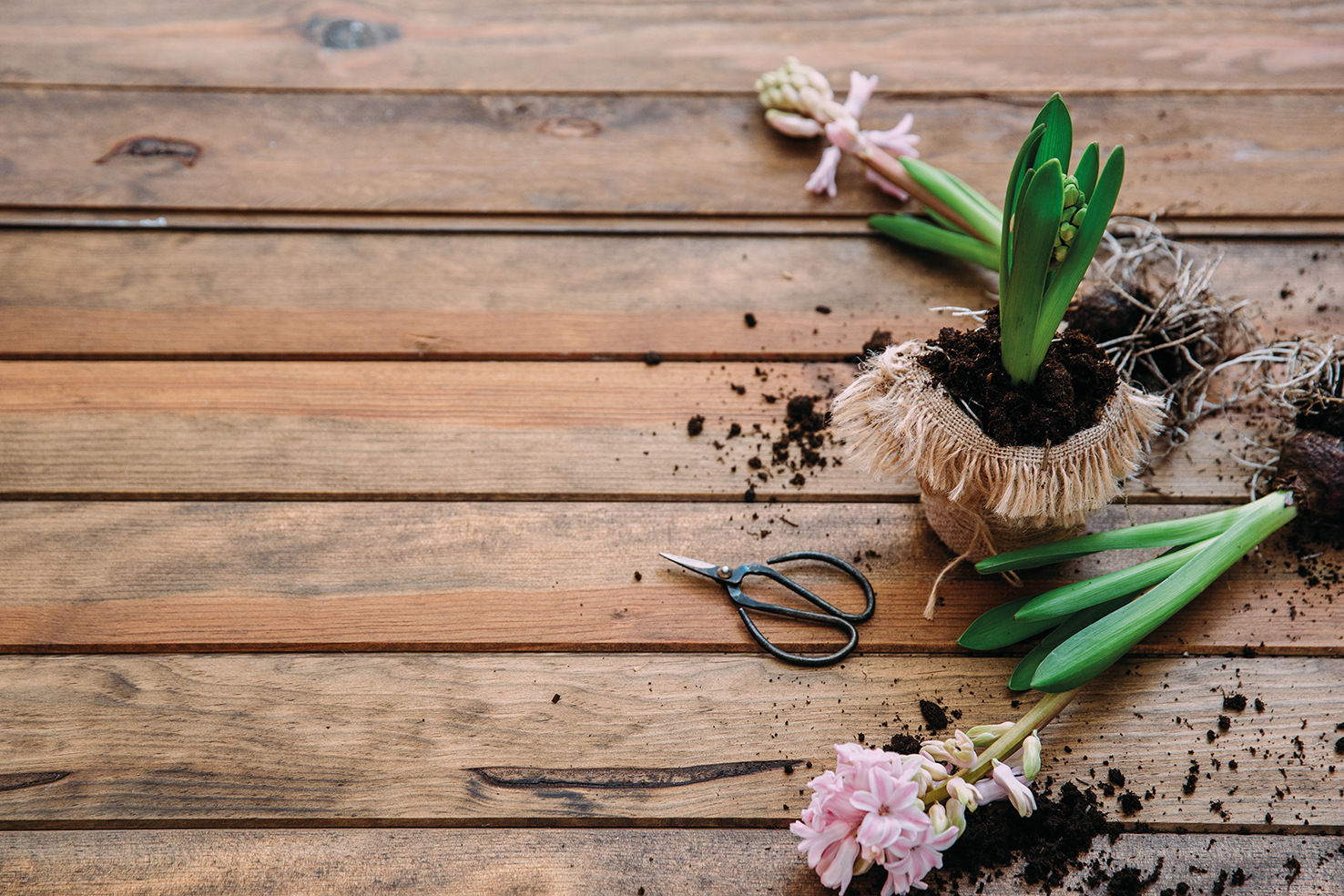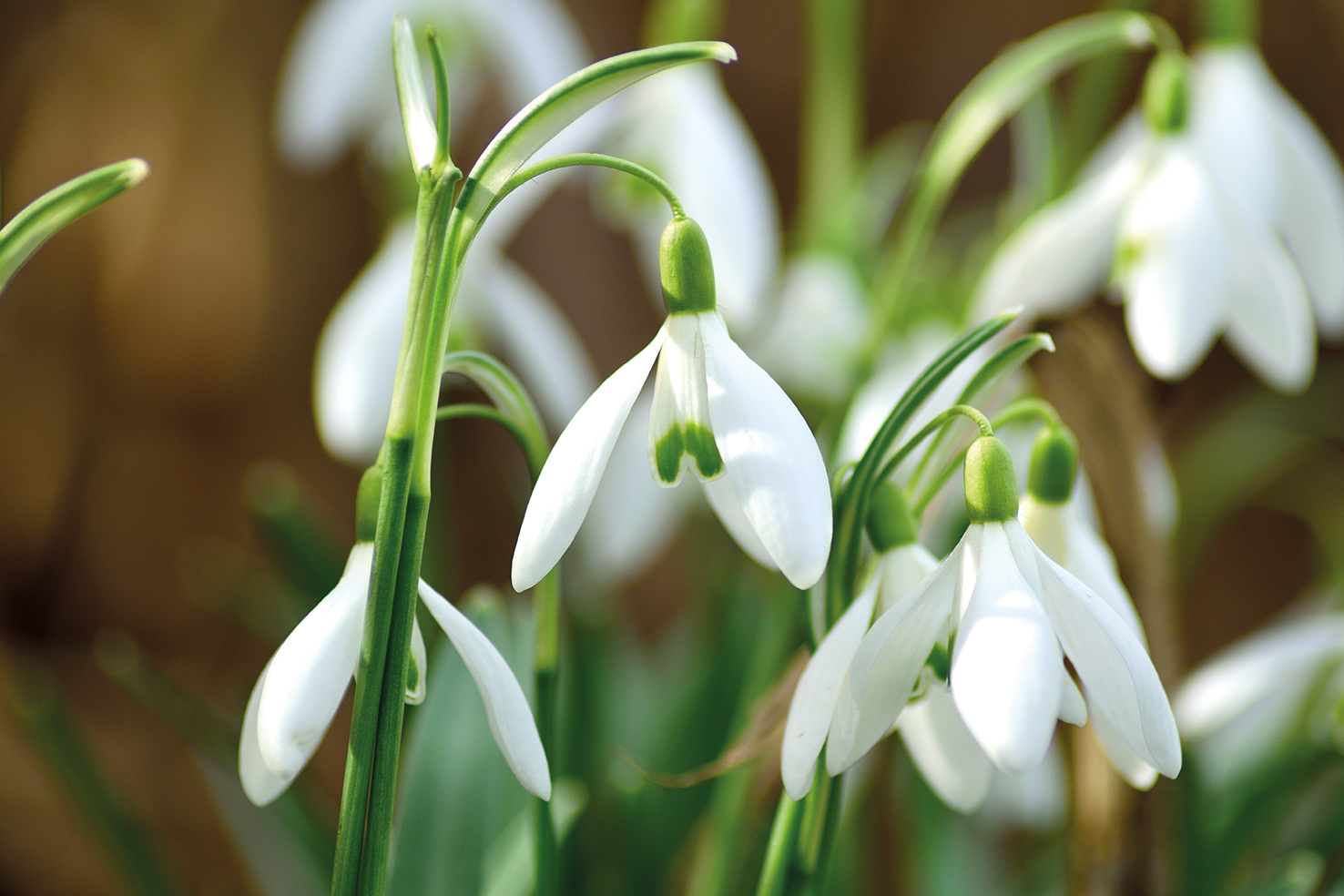Plant and grow bulbs, corms and tubers for winter and early spring colour
If you want to extend the flowering season, planting bulbs, corms and tubers is a great way to achieve this.
Bulbs can be planted in containers, borders or even in the grass. There are bulbs, corms and tubers to suit all sites and soils.
Always plant bulbs with the pointed growing tip facing upwards. If it isn’t clear which is the top then try planting bulbs on their side. Some tuberous plants such as begonias will be flatter than bulbs and don’t have an obvious growing point. Position them just below the compost surface with the indented side facing upwards.
What soil do bulbs prefer? As a rule, most will need a well drained soil that won’t sit waterlogged in winter which may cause them to rot.
How deep should bulbs be planted?
Bulb planting depths vary depending on their size and species but the rule of thumb is that most bulbs can be planted approximately three times their own height.
Growing bulbs in containers:
Planting bulbs in containers allows you to maximize on flower power and once they have performed, you can move the planters out of the way to let them die back. Use a good quality general purpose compost and mix in a handful of fine grit to improve drainage. Alternatively you can choose specially prepared bulb compost. Make sure you water bulbs in containers regularly as they begin to grow, and continue throughout their flowering period. Once the foliage begins to die back you can gradually reduce watering as they enter their dormant period.
Planting bulbs in the grass:
Bulbs in grass can create a very natural look. They are best grown in informal areas of grass that can be left unmown until the bulb foliage dies back. Lift the turf and plant your bulbs and then relay the turf. Try not to walk on the area where the bulbs are after planting so you don’t damage the tips of the bulbs.
When to plant:
There are so many variations in the advice available as to exactly when to plant, what but if we follow the Royal Horticultural Society’s general advice then the following
rules apply.
Plant spring-flowering bulbs such as daffodils, preferably by the end of September.
Plant tulips in November.
Plant autumn/winter-flowering bulbs, such as nerine, cyclamen, snowdrop, winter aconite, ideally in Spring but at latest by late Summer.
Plant hardy summer-flowering bulbs, such as lilies, alliums and crocosmia, in September and October.
If however if you have a bag of bulbs in the shed that you have forgotten about, don’t throw them away. As long as they haven’t rotted, get them in the ground – you have nothing to lose!
When to cut back: In whatever medium you plant, containers, grass or border, don’t cut foliage back for six weeks after flowering

